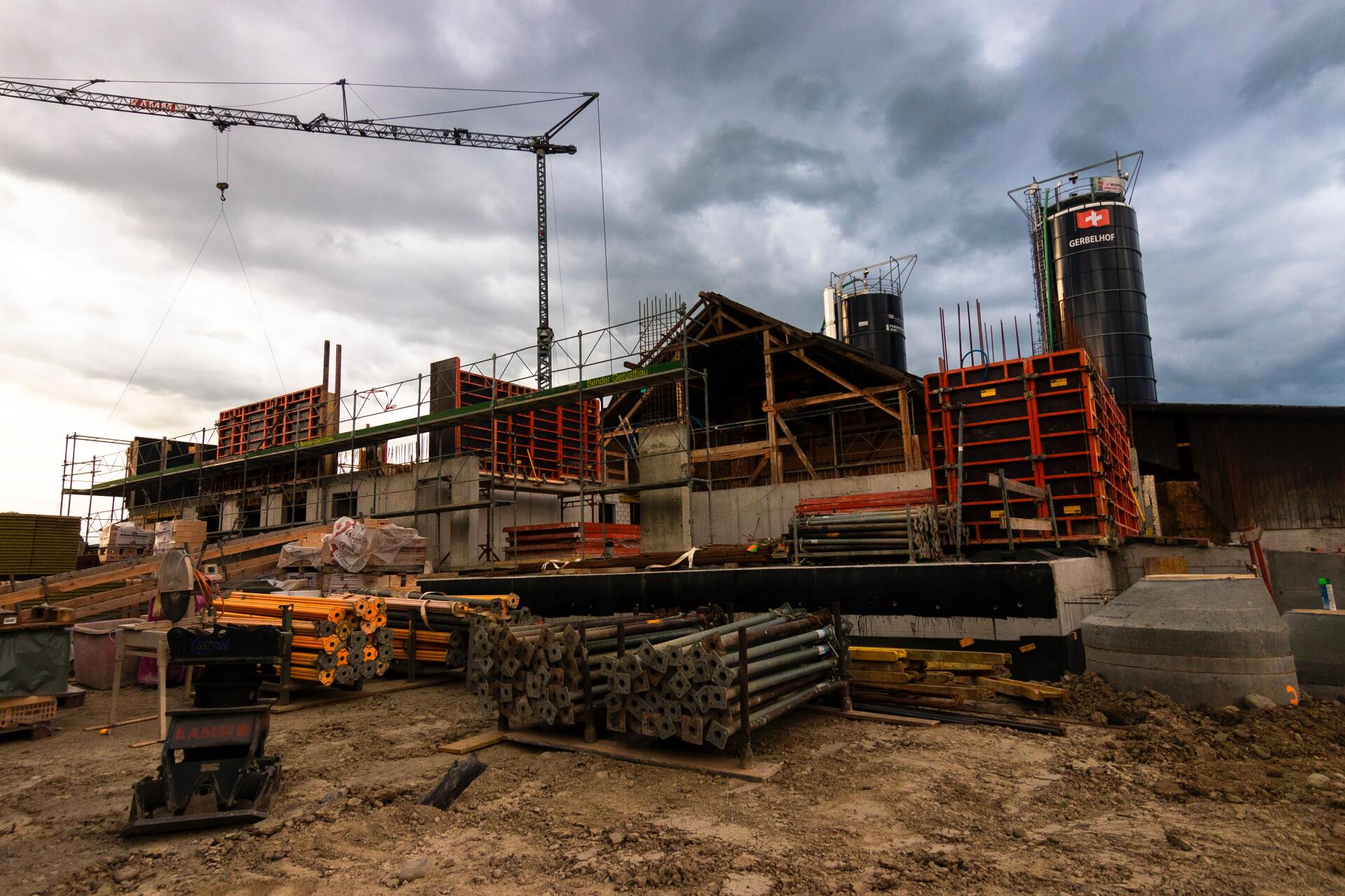CIBSE TM65: Paving the Way Towards a Sustainable Future
In a bid to meet net zero targets, the construction industry has focused efforts on reducing the carbon emissions of buildings. Recently, increasing emphasis has been placed on the life cycle of MEP equipment and the greenhouse gas emissions produced as a result. However, these can be difficult to measure.
In 2021, the Chartered Institution of Building Services Engineers (CIBSE) published the Embodied carbon in building services: a calculation methodology (TM65). This document offers guidance on how to calculate the embodied carbon of building materials using the TM65 methodology when no Environmental Product Declaration (EPD) is available.
What is CIBSE TM65?
Building services engineers are continually looking for ways to reduce the carbon emissions of buildings. Efforts have been made to lower operational carbon emissions through implementing sustainable measures such as POE lighting and air source heat pumps. However, focus is now also turning towards lowering the emissions involved with the life cycle of building materials.
Embodied carbon refers to the greenhouse gas emissions of MEP equipment from manufacturing and transportation through to installation, maintenance, and disposal. If materials are not carefully designed, used, or disposed, the emissions from these can be significant.
EPDs offer insight into the environmental impact of a MEP product. While it is best practice for manufacturers to publicise information regarding the impact of their products, EPDs are often not available. It has been estimated that only 180 MEP products worldwide have declared EPDs. This makes it challenging to determine the embodied carbon of most products.
TM65 strives to solve this issue. Where EPDs are available this document offers guidance on how to use these. More commonly, when EPDs are not yet available, the TM65 methodology provides guidance on how to calculate the embodied carbon for these products.

How does it work?
Step 1: Consultant or Engineer checks with Manufacturer if EPD is available. If available, the EPD is used and process moves to step 3. If not, process moves to step 2.
Step 2: Manufacturer is provided with a ‘manufacturer form’.
Step 3: A ‘calculator tool’ is used to conduct the calculations. If only Section A is completed on the form, a basic calculation is used. If Section A and B are completed, a mid-level calculation is used.
Step 4: Users are encouraged to share their results with CIBSE at the end of the process. The manufacturer form and reporting form with the completed calculations are sent to CIBSE to be added to a product database to develop industry knowledge.
CIBSE TM65 is not attempting to replace EPDs but instead offer calculated estimations for
MEP products until more EPDs become available. It also facilitates greater standardisation and consistency across the industry.
Summary
CIBSE TM65 plays an important role in reducing the carbon emissions of a building. This calculation methodology recognises the harmful environmental impact MEP equipment can have and encourages the construction industry to be considerate of the effects of their building project. By offering a standardised assessment format, this allows for greater consistency across MEP embodied carbon estimates. Sharing this research with CIBSE allows for a highly detailed product database to be created.
DARe-me Consulting Engineers can conduct CIBSE TM65 calculations for a wide range of building projects. To find out more, contact a member of our team today.


